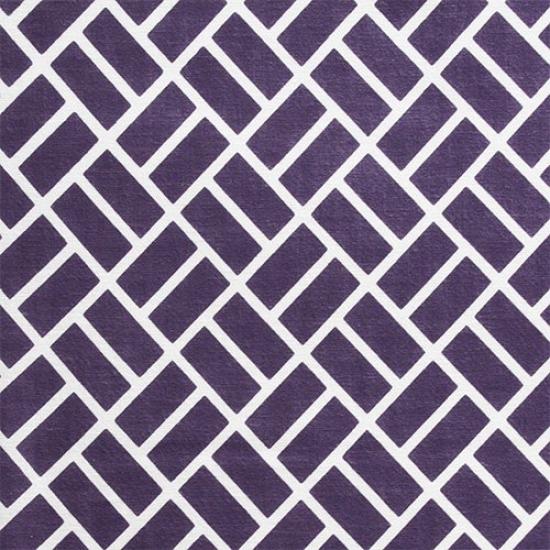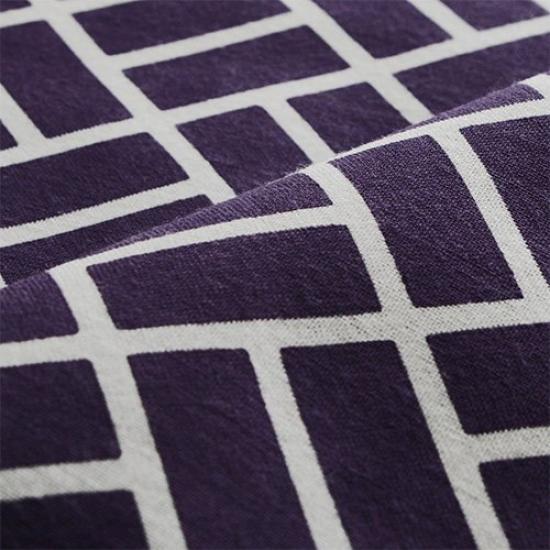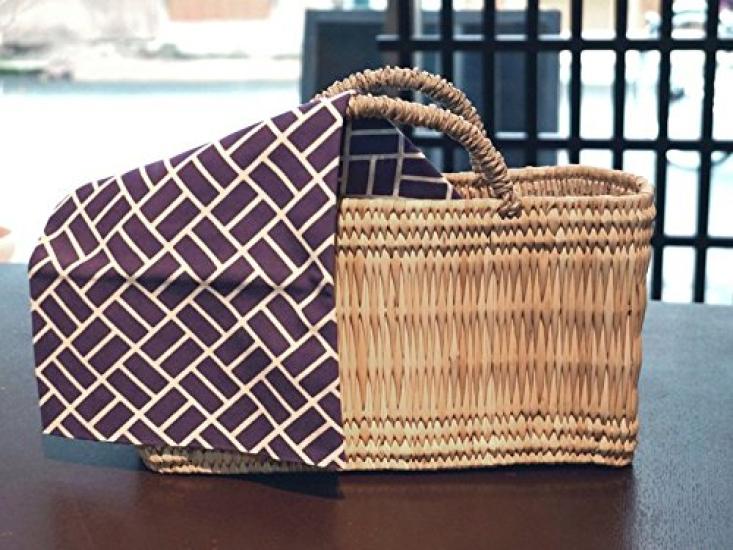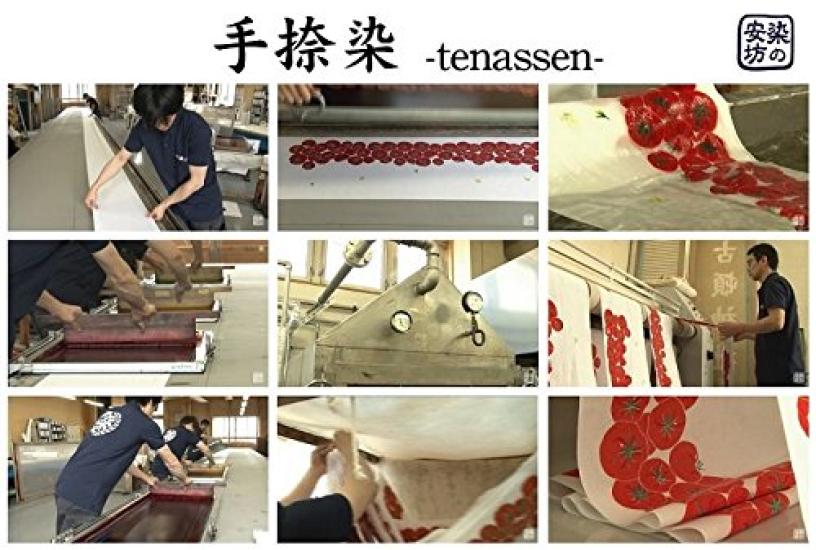Dyeing Anbo Hand Towel Sabi Authentic Dyed Cotton Tokuoka Made in Japan 35cm x 100cm "Ninojichu Kikyo" 100%









Popis
---------------------------------------------------------------------- 【Cautions for using electrical products】 When using electrical appliances, please note that the voltage is different from that of Japan, which may cause malfunctions. Since the plug type is Japan type(A or B type), please check the voltage and use a transformer. Please note that a transformer is different from a conversion adapter. We are not responsible for malfunctions caused by use without a transformer.
【Voltage Compatibility】 When using electrical appliances, please note that they are designed for Japanese voltage specifications (90-110V), so if you use them with a different voltage, it may cause a malfunction.
【Plug Type】 Our products use Japanese plug types (A or B type). Please use a conversion adapter if necessary.
【Important Note on Transformers and Adapters】 A transformer adjusts voltage to match your device’s requirements. A conversion adapter only changes the plug shape and does not adjust voltage. Using only a conversion adapter without a transformer may result in damage to the product.
【Liability】 We are not responsible for malfunctions or damages caused by improper use, such as operating the product without a transformer. ---------------------------------------------------------------------- This classic pattern, long beloved by the common people of Asakusa, has been dyed in popular colors from the Edo period. It's one of the classic Edo patterns, modeled after the Chinese numeral "two." Its powerful appearance makes it popular among men. It's also used on clothing (hanten) and beloved by festival-goers. In some regions, the character "two" is called "nibiki." It's thought that this checkered pattern, representing a sense of camaraderie, resembled a number associated with a group, but there are various theories about the exact reason. "Kikyo" (bellflower) is a representative traditional color name for a bluish-purple color that has been used since the Heian period. It's said that colors associated with bellflowers began to be used for common people around the Edo period, perhaps because dyeing different colors was difficult with ancient techniques. This is a Tokuoka fabric made in Japan using high-quality Chita cotton. Like traditional tenugui towels, both ends are left uncut. It can be enjoyed as interior décor by hanging it on a hanging rod or in a frame. It is also suitable as a kendo mask towel, as it is 100cm long. Please note that the color on your monitor may differ from the actual color. This classic pattern, long beloved by the common people of Asakusa, has been dyed in popular colors from the Edo period. It's one of the classic Edo patterns, modeled after the Chinese numeral "two." Its powerful appearance makes it popular among men. It's also used on clothing (hanten) and beloved by festival-goers. In some regions, the character "two" is called "nibiki." It's thought that this checkered pattern, representing a sense of camaraderie, resembled a number associated with a group, but there are various theories about the exact reason. "Kikyo" (bellflower) is a representative traditional color name for a bluish-purple color that has been used since the Heian period. It's said that colors associated with bellflowers began to be used for common people around the Edo period, perhaps because dyeing different colors was difficult with ancient techniques.
























